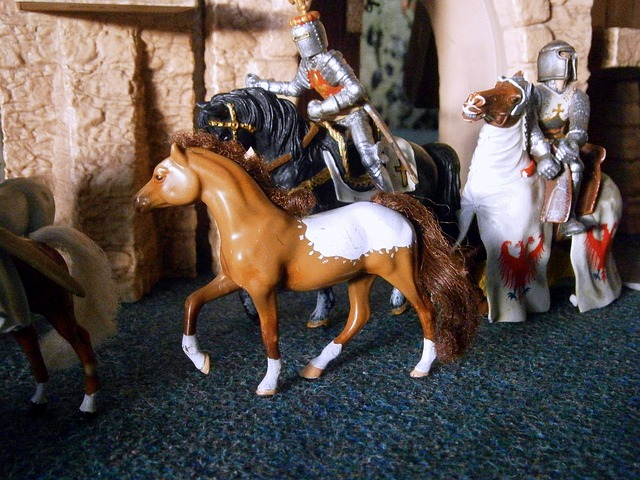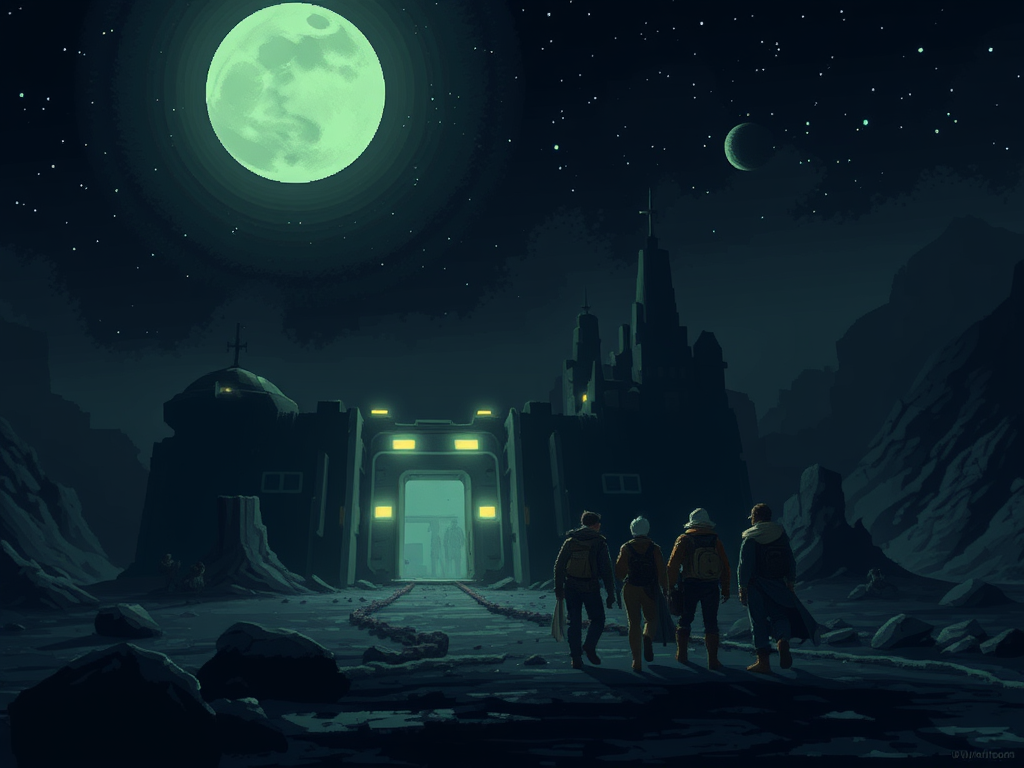Caveat: Don’t do anything that counters any Session-0 discussions you’ve had around safe topics. Some of these suggestions might run counter to your table’s particular rules. Some things we suggest here even run right up against our table’s rules, so we’ll discuss how we handle that. Respect your table – they are your friends.
Verisimilitude is a popular term these days, especially among fans of Matt Colville’s GM advice. Preserving the illusion of reality, and helping your players suspend their disbelief, is indeed an art in itself! It can easily spiral into a daunting list of tasks for a GM – Do I need to know all the nobles in the area? All the factions of monsters? Every guild in town? The macroeconomics of the region, and the political disposition of every duchy and barony?
Fortunately the answer is – no, those are all worldbuilding tasks, and could contribute to the illusion of a real, living world outside the player-characters – but that’s not the only way to do it…and indeed, there’s a much easier way.
You know that verisimilitude has broken down when you players start treating everyone and everything in the game world as bags of hit points to be beaten on until dead. If your players are committing crimes against the Geneva Convention without batting an eye, you know it’s come time to maybe – just maybe – knock them out of their murder groove. It’s become a game to them and not a world.
We’ve found the easiest way to snap the players back into the world is to contrast Player emotions against character emotions. Tug on those heartstrings a little, see if you can hit some high notes. These are the sorts of moments our players still talk about to this day, because it made them feel like the world was real and had substance.
Intelligent creatures aren’t video game pixels – give them flavor! When you have a party infiltrating a goblin camp – make sure there are plenty of non-combatants around, hiding in places. Placing elderly and children are a quick way to shock players into realizing the gravity of their actions. They might mow down 20 goblins warriors with a fireball, engaging only in the mechanics of the action, but the same players will often hesitate to do the same against 20 goblin children hiding in a tent or basement. You can even poke the players’ right in their emotional center with those 20 goblin warriors – inevitably parties in video-game mode will ask to search the bodies. Those goblin warriors should have the most bizarre and pathetic “valuables” the players have ever seen. Buttons. Spools of thread. Shiny rocks. Carved figurines of goblin families. Dolls made of straw or sticks. Poorly written letters from/to home. The characters may face no guilt about what they’ve done in the setting – but your players will. They’ll remember what they’ve done, and will feel like the world is real.
Other things you can do – if the party is attacked by kobolds in the woods – turns out there’s a bunch of kobold pups hiding nearby. Players will think twice about just blowing out everything that attacks them – there are consequences to their actions. You can reverse it too – they squash a bugbear teenager training group – now the bugbear chief is real mad. Tie things together – have the party find the recipients/senders of letters, or dolls, or shiny objects. If they find a name engraved on a bone bracelet, have the owner of that name show up a few sessions later. The world exists around them and without them.
Now we’ve had some players that don’t respond as you might think – they slaughter the goblin children without a thought, they attempt to torture a kobold to get more information. We personally draw a line around that sort of stuff in our game – we’ll narrate the consequences of those actions very much out of character, and will not describe those events at all. Most players will also cringe at the thought of someone in their party committing these acts and will go out of their way to prevent them in the future, which does lead to some good intra-party role-playing. In our games we also openly remind players that torture is just as likely to lead to misinformation as it is real information.
If all else fails, flat out recap the horrors the characters have committed that the players seem to have ignored! We had one group that killed a bunch of kobolds, then skinned the kobolds to make kobold costumes to infiltrate the kobold warrens. We were astonished that they seemed to be proceeding with this plan without much pause, and stopped the game to point out very explicitly that they were making kobold suits from sentient creatures they killed….As the party really started to understand the situation they had created, you could see the embarrassed and shocked reactions around the table. Those players have never forgotten that adventure, when they got carried away a little too far. Because some kobolds got away, those characters are known as demonic entities among the kobold tribes in the area. They live under the cloud of a kobold vendetta against them – at any time they might be ambushed by increasingly larger kobold war parties and shamans attempting to exorcise them from the planet.
These are some of the more blunt ways to shock your players back into the world, to enhance the verisimilitude of your game. But there are other, less dark, ways too. Have children run up to them in town with wooden swords trying to duel them. Have them meet friendly faction hunters in the woods who share camp with them sometimes. If the party latches onto an NPC, make sure that NPC pops up with regularity. Even give the characters a chance to help or save that NPC! If it seems the players are getting grimdark fatigue, let them adopt a cute baby owlbear or something. They’ll love it.
Players want to feel the world is real and persistent beyond their characters. Lean into that. A little flavor work isn’t time wasted. Players will remember the game better, and more fondly, the more they felt like they were actually there. You can help them do that with some very basic tweaks – appeal to their emotions, cross up their character’s actions with the player’s sense of morality, and make sure the world interacts with itself outside of when the characters are “on-screen”.
Have fun!
Tools to help with verisimilitude
- Make sure random encounters have something more than “Monster X appears” – use the Lazy GM’s “Roll Twice” method to make things interesting.
- If this concept really appeals to you, Raging Swan Press has tons of fantastic supplements to immerse your players in a real, living world – start with The Dread Thingonomicon and you’ll probably never need to come up with quirks and fluff on your own again.




